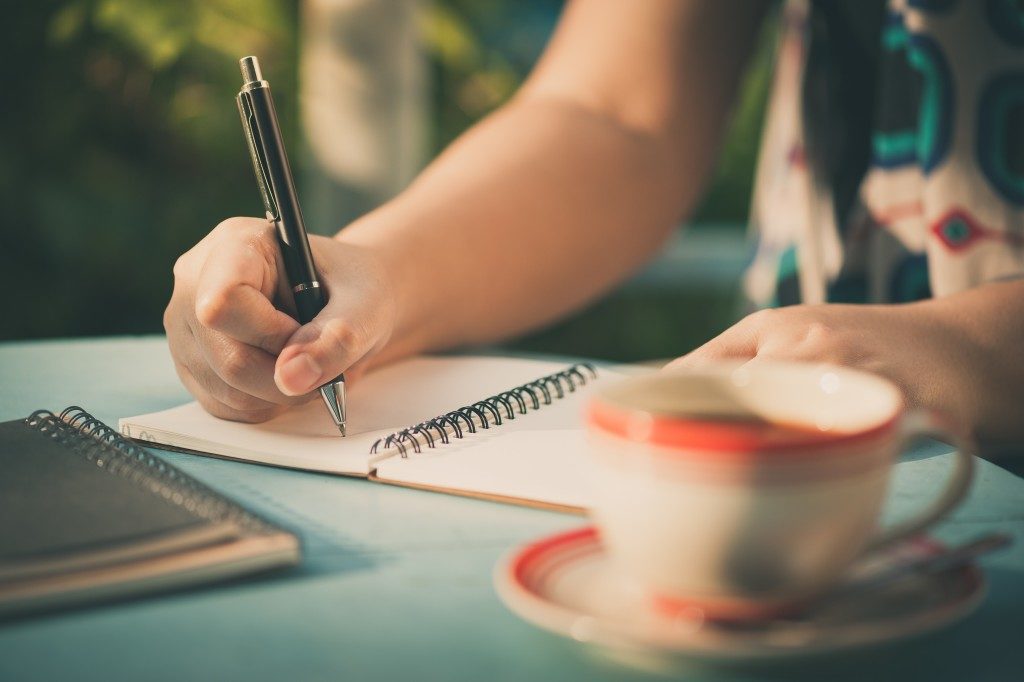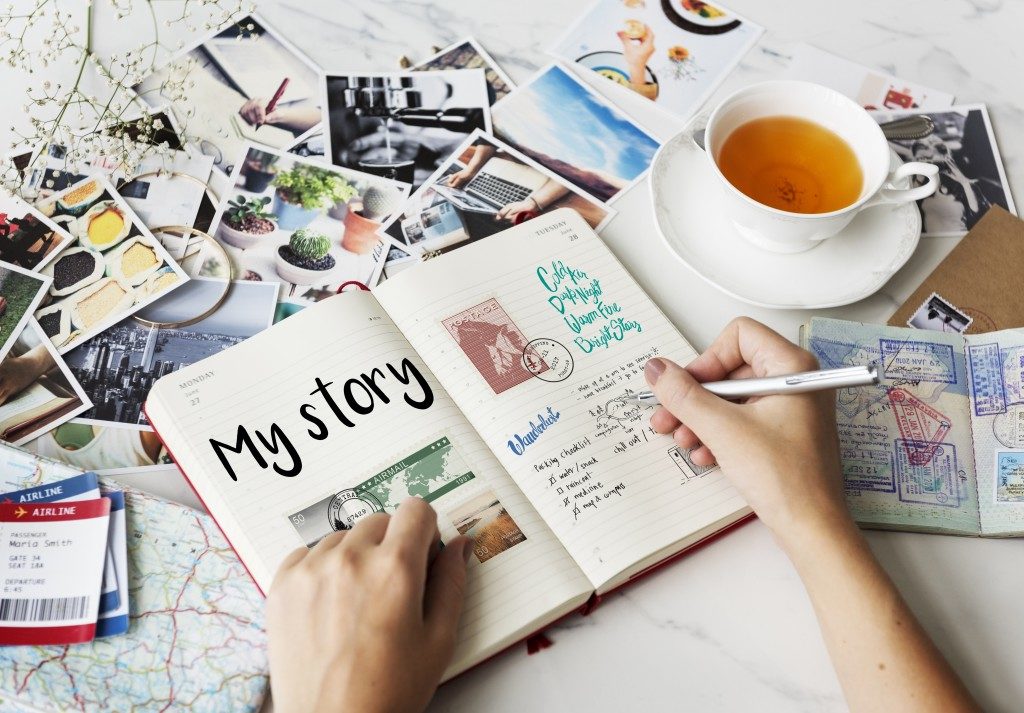Keeping a journal is a great habit. Entrepreneurs and industry leaders know it is a common practice of successful people. Writers and creatives value the practice of journaling to hone their skills. But anyone can reap the benefits of a regular journaling habit – improved discipline, language and communication skills, memory, and mindfulness, are all essential to the various roles we play in life.
Still, some people don’t feel comfortable with writing. A lot of us are more visually inclined; images are more evocative than words. If you’re in this boat, creative journaling might be the perfect way for you to gain the benefits of having a journal without restricting you to a purely written format.
How to get started
Creative journaling is pure freedom of expression. Writers who keep a journal find that it keeps them flowing because there is no pressure to produce quality results. Instead, the focus is all on the process. With a creative journal, you go a step further – you don’t even have to construct coherent sentences. A simple doodle or full-page sketch, word art, or scrapbooking, are all great examples of a creative journal in action.
Materials
Other than the journal itself, no specific material is required – but there are a whole host of options to choose from. Your staple pencil and eraser, or ballpoint pen, will do fine. However, this is your chance to run wild and stock up on those art supplies you’ve wanted to try.
Colored pencils, pens, and crayons bring fun and color into your notebook. When you’d like to elevate your creative game, you can try artist chalk and charcoal, pastels, watercolors, or blendable markers. These materials take a bit more skill, but as you practice and improve, the beauty of your work – even if it tends to be raw or unpolished – will provide much greater satisfaction.
Since many great creative journals incorporate scrapbooking elements, your assortment of collage materials and sewing kit, rubber stamps, and stickers will all fit in as you craft a truly personal notebook. As with your art materials, remember to be careful about smudging and damage to the pages of your work.
Content

Sometimes, as the saying goes, restrictions do breed creativity. If you’ve gathered all those neat materials, suddenly sitting down facing the blank page can cause you to grasp for ideas. That’s perfectly fine – you’re hardly the first writer or designer to struggle with creative block.
Always remember that your journal is about the process, and will always be a work in progress. You can start out collecting scraps of inspiration, and then write about something interesting that happened today. Tomorrow you can take your pencils and colors and head out to the park and sketch some scenes. At times you might pivot to the organized mode and create a bullet list of things to do, or a daily or weekly schedule.
Having all sorts of different content in your journal is a great thing. As the days go by and your pages fill up, you’ll be able to reflect on how each of these entries is a facet of your day-to-day existence. Without using many (if any) words, you’ll be able to gain a deeper understanding of yourself and fuel your creativity in other endeavors.
And once you’ve completely filled out your first journal and are ready to make another, consider archival. It might not quite be a work of art, but it’s your journal – a unique product of your craft and reflections. Preserving it keeps a piece of the present alive for your future reflections – or those of your kids and succeeding generations.

